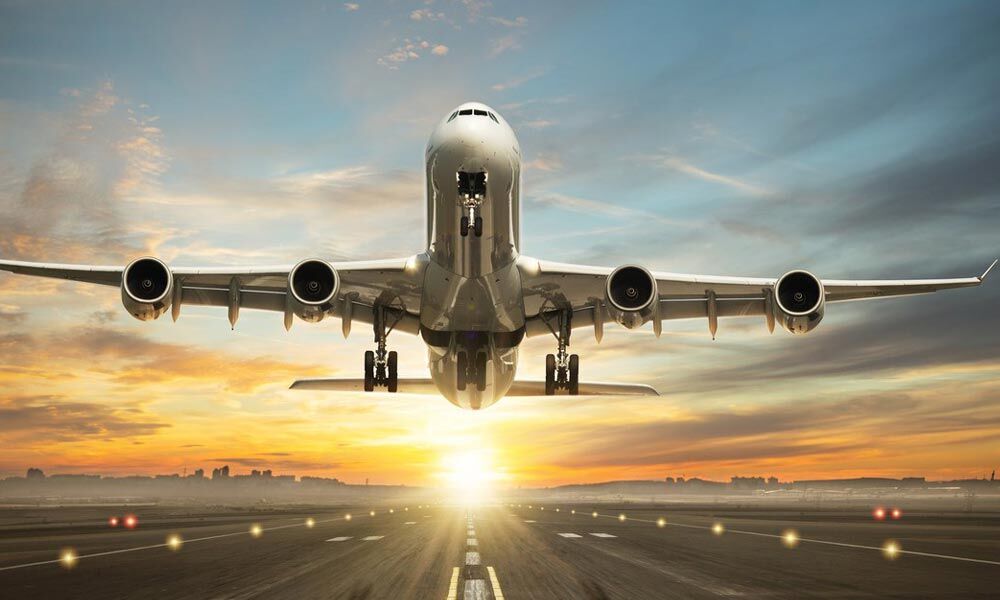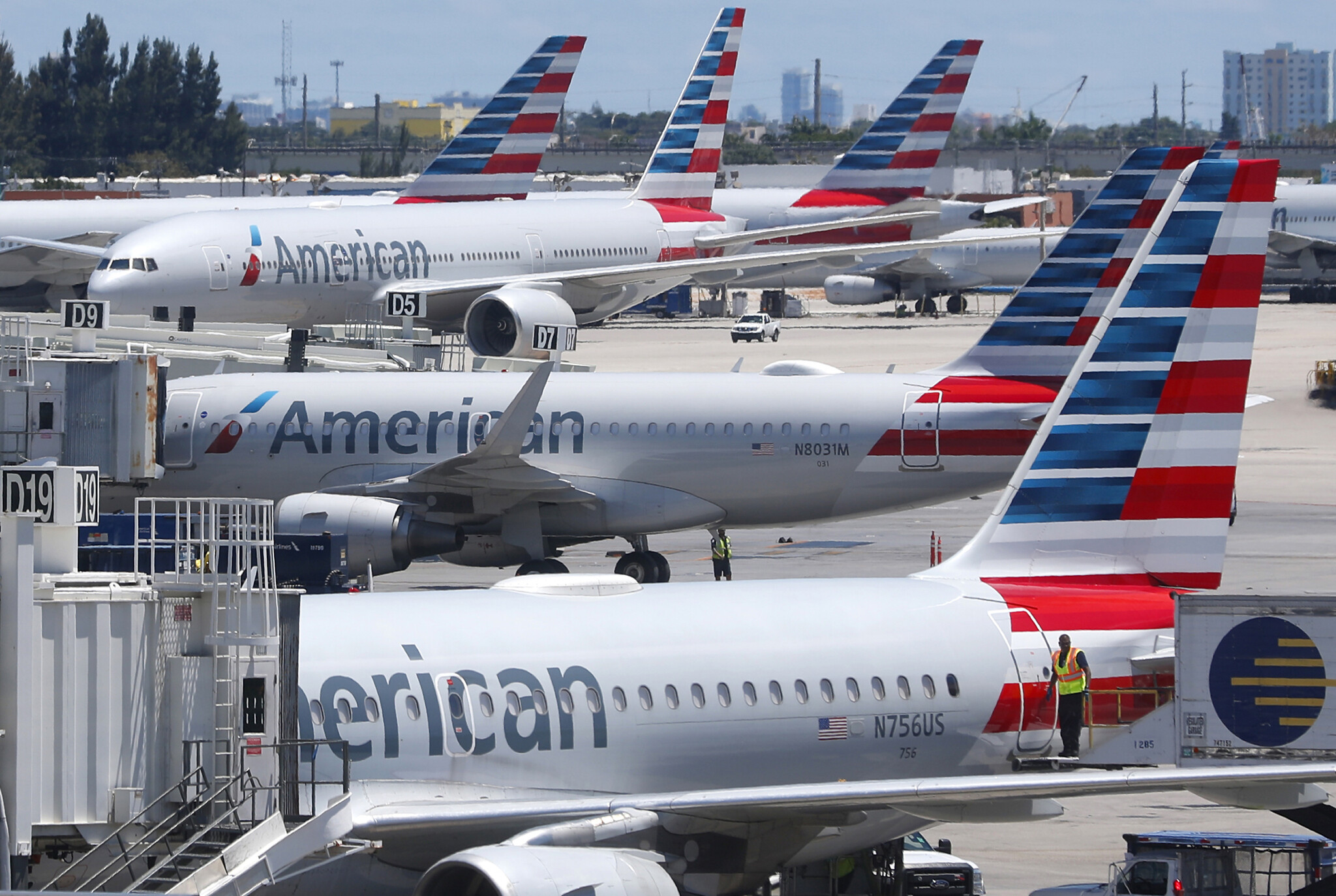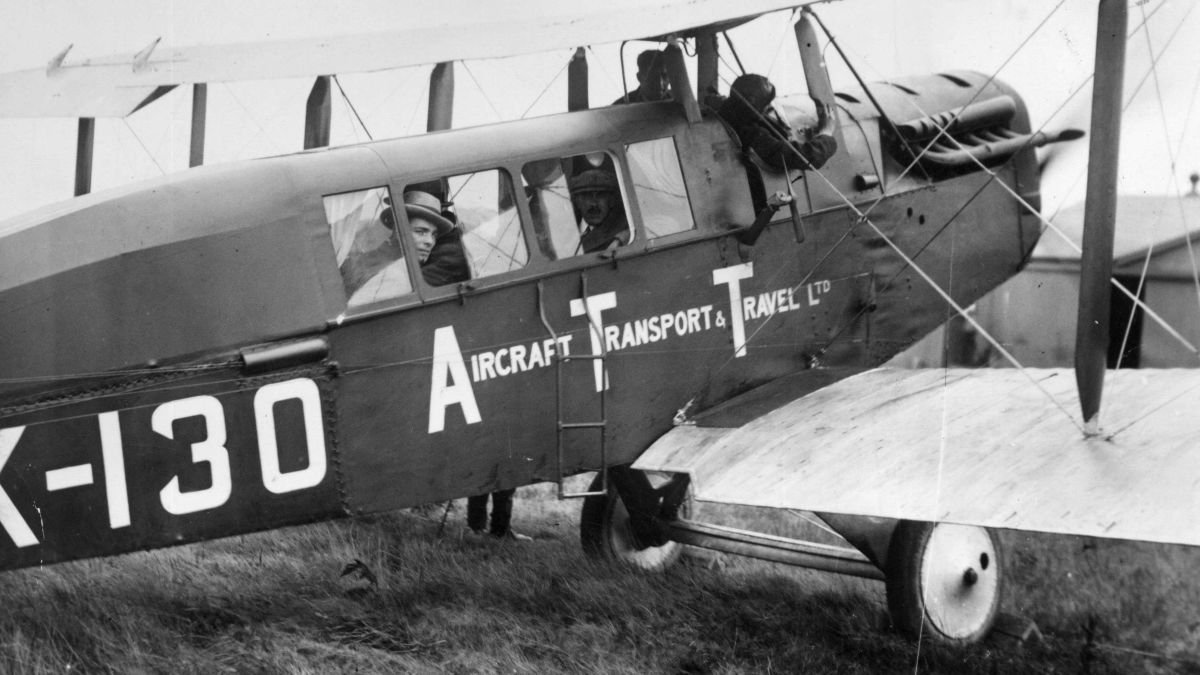
7 minute read
Vol. 20: #28 • Tidbits Takes Flight • (7-7-2024) Tidbits of Coachella Valley
If you happen to be one of the jittery types who dread having to travel by air, you might be comforted to know that air travel is actually the safest mode of transportation that exists. In fact, every billion air miles traveled results in only 0.07 deaths by airplane incidents, compared to 7.28 deaths by automobile, and 212.57 deaths by motorcycle. Statistically, motorcycles are by far the most dangerous transportation there is. The only mode of transportation safer than air travel is elevators and escalators, which carry far more people daily than airplanes. So buckle up and come along as we get an aerial view of the big picture!
FLIGHT FACTS
• At any given moment, there are between 8,000 and 10,000 commercial airplanes in the air worldwide, carrying around one million passengers. If you include military and private planes, the number is closer to 15,000 to 20,000 airborne planes carrying about two million people.

• A recent study showed that about 87% of Americans have flown at least once.
• People 35 to 44 years old travel the most both domestically and internationally, and men fly slightly more than women.
• The U.S. leads the world in number of passengers carried per year, at about 926.74 million. China comes in second with around 659 million.
• International air traffic fell by 75% during the pandemic years of 2019-2021. Domestic air travel dropped by nearly 50%.

• Approximately 725,000 aircraft land and take off from Hartsfield-Jackson in Atlanta, Georgia yearly. This averages just under 2,000 per day, more than any other airport.
• There are 520 FAA airport control towers in the U.S.
• O’Hare Airport in Chicago has eight runways, more than any other civilian airport in the world. Hartsfield-Jackson in Atlanta has five, and the Denver Airport has six.
• American Airlines is the largest air carrier in the world in terms of number of aircraft (911). Delta is the world’s largest in revenue generated ($50+ billion). United Airlines is the largest in number of destinations served (79 domestic destinations and 111 international destinations in 74 countries).

• Approximately 784,310 people are employed by airlines in the U.S., and about 85% of those jobs are full-time.
• If you include corollary jobs such as working at airports or in a factory assembling airplanes, an estimated 10,857,000 people are employed in the aviation industry in the U.S.

• Approximately 784,310 people are employed by airlines in the U.S., and about 85% of those jobs are full-time.
• If you include corollary jobs such as working at airports or in a factory assembling airplanes, an estimated 10,857,000 people are employed in the aviation industry in the U.S.
• There are over 89,677 flight attendants currently employed in the U.S.

• Florida has more flight attendants than any other state, with about 1,500. That’s followed by California (1,250) and Texas (1,225). The state with the fewest is South Dakota, with 24.
• The average male pilot earns about $98,444 while the average female pilot earns approximately $93,629.
• 78.9% of all flight attendants are women, and 21.1% are men.
• 96.6% of airplane pilots are male. Only 3.4% are female.
• About 74% of flight attendants are over 40. Around 61% of pilots are over 40. Commercial pilots are required to retire at age 67.
• 84.5% of U.S. pilots are Caucasian.
• The world’s first regular international airline service was from London to Paris and began in 1919, only 16 years after the Wright brothers’ first flight. The first trip carried one passenger (a reporter) plus a consignment delivery of leather, two grouse, and a few jars of Devonshire cream.

• Only 66 years passed between the first flight at Kitty Hawk in 1903 and the man’s landing on the moon in 1969.

• The supersonic Concorde jets, the fastest commercial planes in the world, flew for only 27 years before being retired in 2003. Only 20 Concordes were manufactured; of those, only 14 flew commercially.

• The record for the greatest number of people suffering from food poisoning on a single flight was set on February 3, 1975. On that flight, 197 out of 344 passengers fell ill, with 144 requiring hospitalization. The outbreak of Staphylococci was traced to a cook at a catering facility who had an infected wound on a finger that was inadequately bandaged. The 220 ham omelets he prepared spent the next 28 hours insufficiently refrigerated.

• Today, airlines have regulations that require the pilot and co-pilot be served different meals while in flight to avoid the possibility of both becoming ill with food poisoning.
• Smoking on commercial airplanes was banned by the FAA in the year 2000.
AIRLINE SAFETY
• Research by the National Transportation Safety Board in 2020 studied all aviation accidents between 2001 and 2017. It showed that 98.2% of passengers involved survived with minor or no injuries; 0.6% suffered serious injury, and only 1.3% were fatalities.
• Between 2015 and 2020, the percentage of commercial flights completed without injuries or fatalities was 99.999%. When you board a plane, you have a one in 816,545,929 chance of dying in a plane crash. The National Safety Council estimates the risk of an average American dying in a car accident in their lifetime is about 1 in 93.

• Where is the safest place to sit? A study showed that the middle seats in the back third of the aircraft had a slight advantage, though that’s also where turbulence is worst. It’s also best to sit within five rows of an exit seat.
• Of the top ten safest airlines in the world, only one U.S. airline makes the list: Alaska Airlines ranks #8.
• The safest airline, with an unblemished record since the early 1950s, is Qantas of Australia. Qantas is an acronym for “Queensland and Northern Territory Aerial Services.”

• Every commercial airplane can stay airborne with just one engine. A Boeing 747 can glide 17,000 feet, or just over 3 miles (5.2 km) for every 1,000 feet (305 m) of altitude lost.
• All commercial pilots worldwide must speak English and pass a language proficiency test. Likewise, all Air Traffic Controllers must be able to speak English and the local language.
AIRLINE STATS
• Air Arabia has the highest rate of cancellations among all airlines, with a startling 91.63%.
• Jin Air of South Korea has the highest percentage of delayed flights at 85.48%. In second place is another South Korean budget airline, Jeju Air, with 64.15% of flights delayed.
• Hawaiian Airlines is the most punctual, with an on-time percentage of 87.40%. Delta Airlines comes in second with 83.56%, followed by Alaska Airlines and Spirit Airlines.

• In 2022 (the last year for which statistics are available), it’s estimated that Americans boarded an airplane in the U.S. 747 million times.



